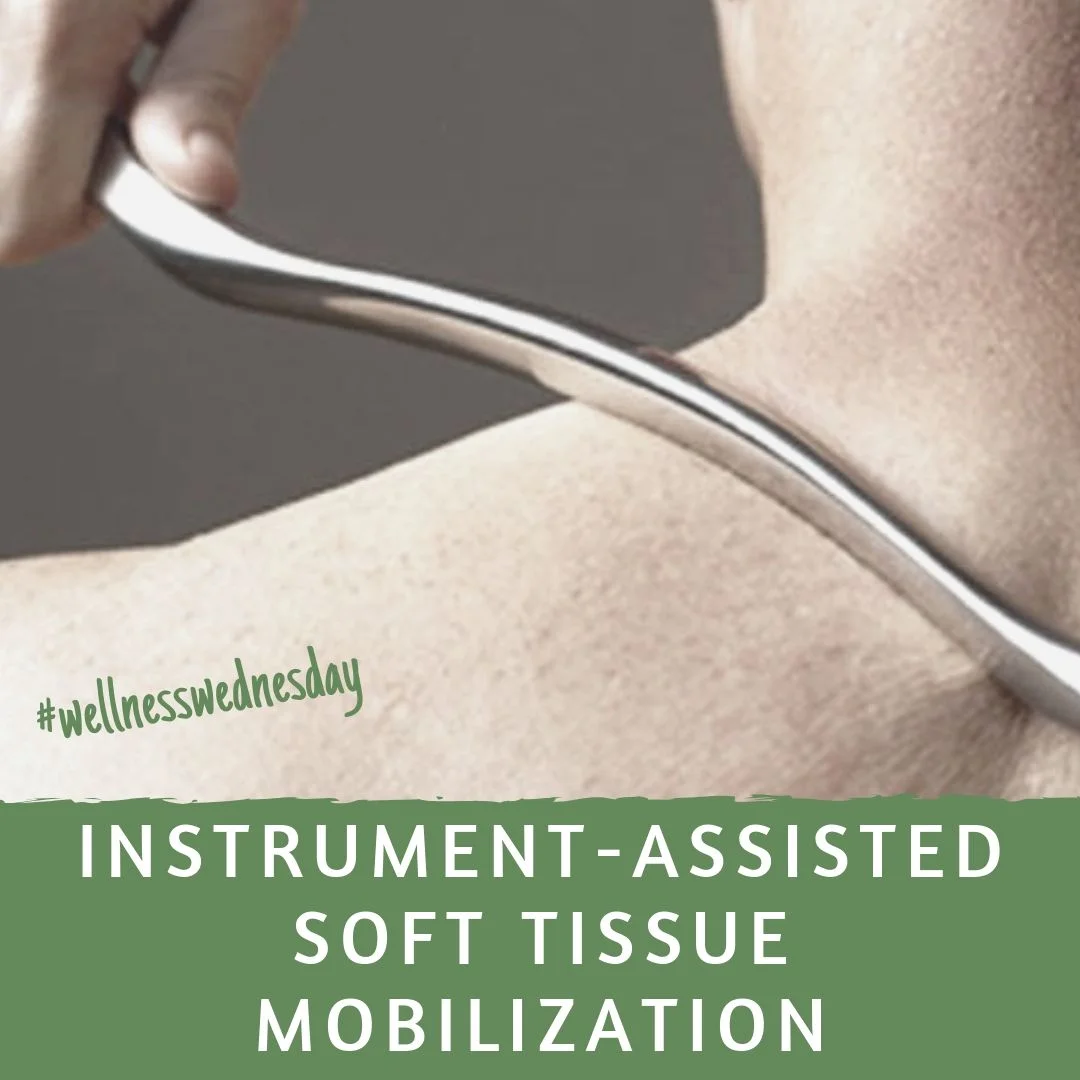In ancient Greece and Rome, a small metallic instrument known as a “strigil” was used in bathhouses for therapeutic purposes. In Traditional Chinese Medicine a similar technique is used, “gua sha”, which increases the blood flow to facilitate the supply of blood and oxygen to the soft tissues. Today many variations of this technique exist including Augmented Soft Tissue Mobilization (Astym), fascial abrasion technique, and Graston technique.
Instrument-Assisted Soft Tissue Mobilization (IASTM) is relatively gentle and has been found effective for acute injury rehabilitation and ligamentous injuries. The instruments are not meant to replace the therapist’s hands, but rather enhance his or her ability to detect adhesions and soft tissue restrictions. The surface of the instrument minimizes the force used by the practitioner, but maximizes the force delivered to the tissues, making it possible to stimulate points of adhesion located in deep areas with less wear on the therapist. IASTM is able to produce positive effects in a much shorter period, removing the scar tissue and releasing adhesions, while also increasing blood and nutrient supply to the injured area. Ultimately, new collagen is synthesized and realigned, which enables the turnover and regeneration of the injured tissue.
In today’s society, a large proportion of the population participates in exercise. However, most people are self-guided and don’t have the knowledge or body awareness to prevent overexertion with high-intensity exercise, or long periods of exercise with poor posture, leading to injury. IASTM is especially useful in the treatment of sports injury, significantly improving soft tissue function and range of motion, while also reducing pain. IASTM can help shorten the rehabilitation period and time to return to sports among athletes and ordinary people who have suffered sports injuries.
The Benefits of IASTM
Mobilize muscles, tendons and ligaments to decrease pain
Improve mobility
Stimulate rehabilitation and recovery
IASTM is indicated to treat the following injuries:
Various tendinopathies such as tennis or golfer’s elbow and Achilles tendinitis
Chronic muscle strain
Chronic ligamentous strains
Excessive scarring
Running-related injuries, including plantar fasciitis and Iliotibial band syndrome (IT Band)

